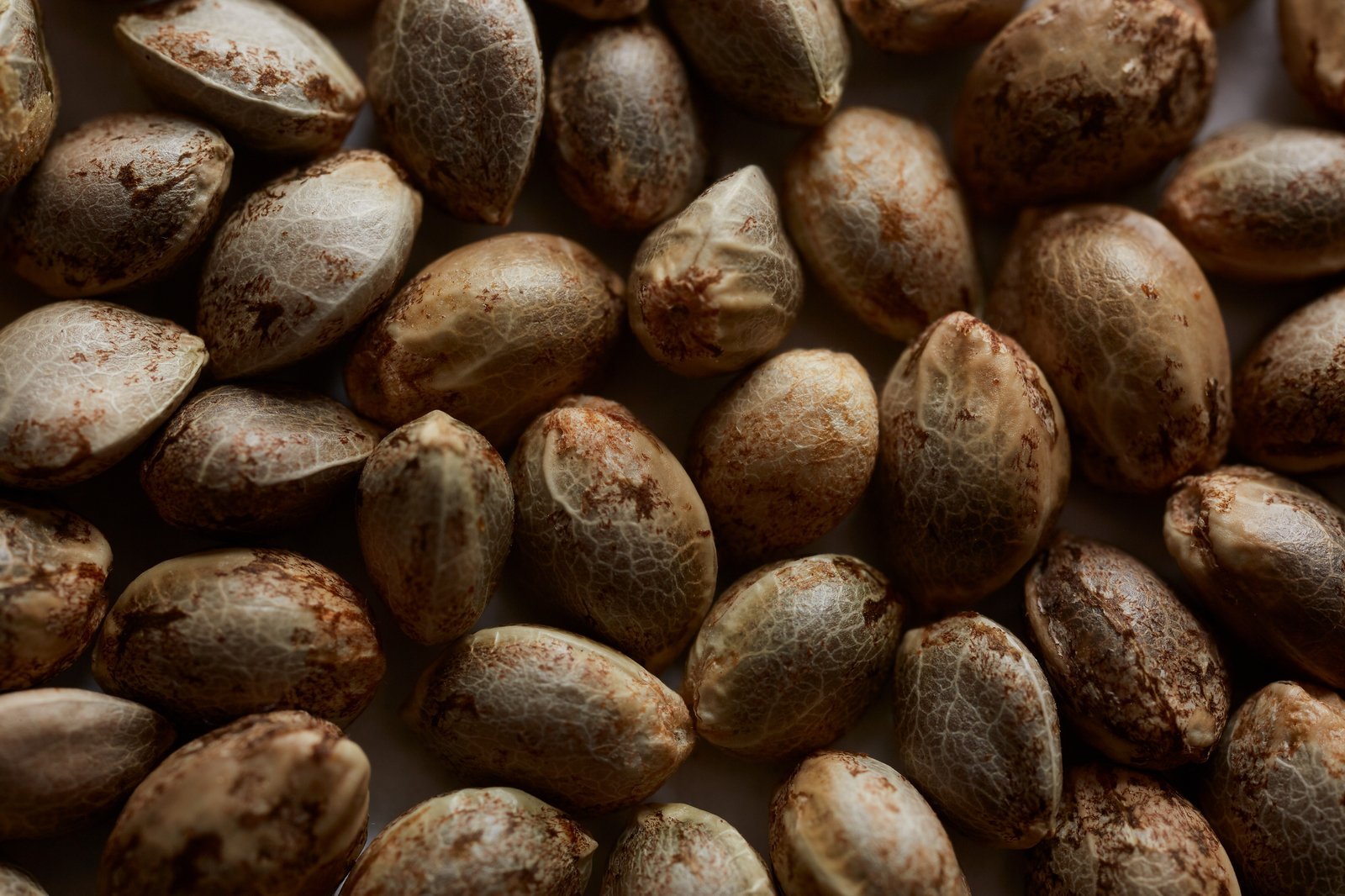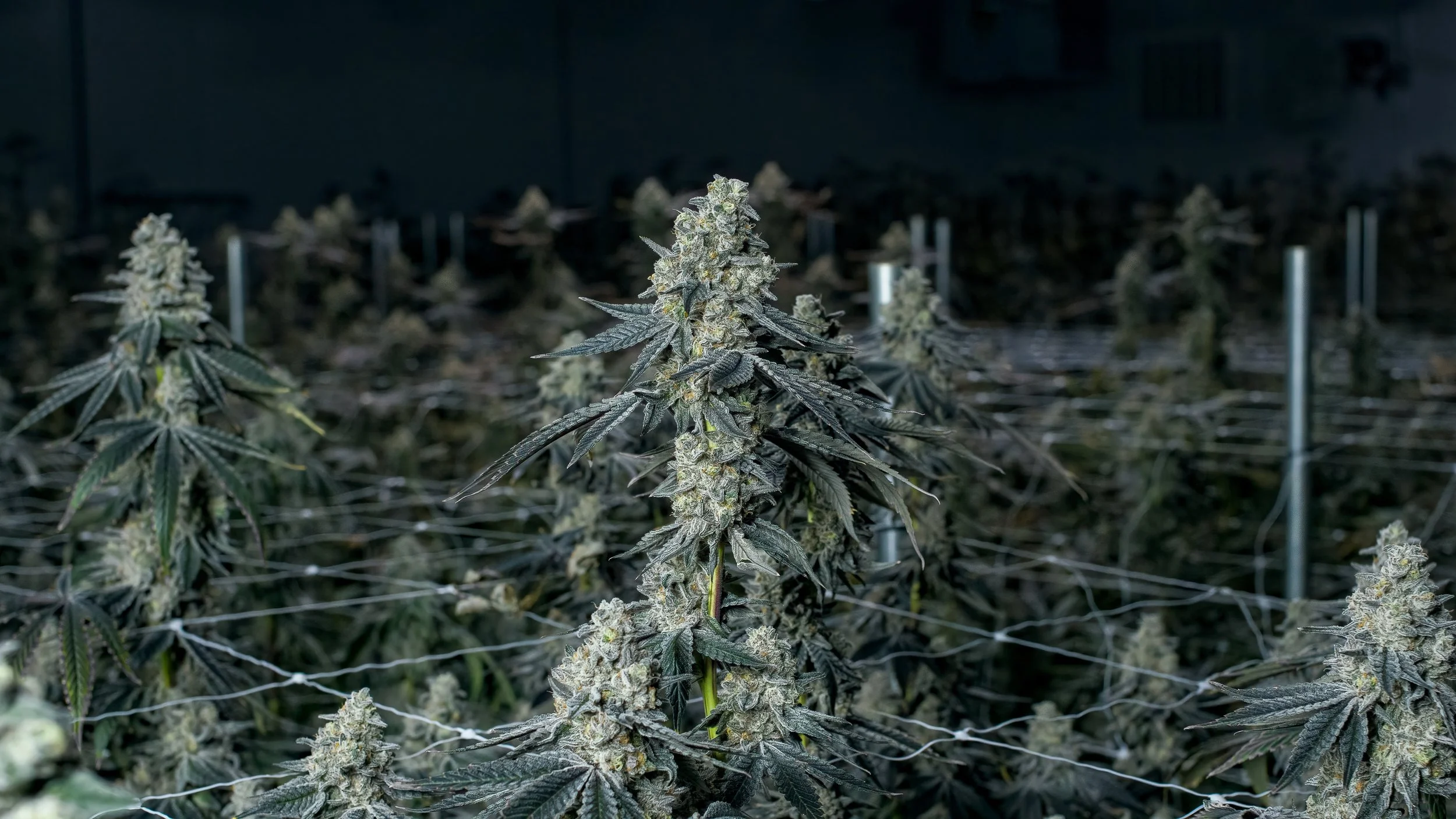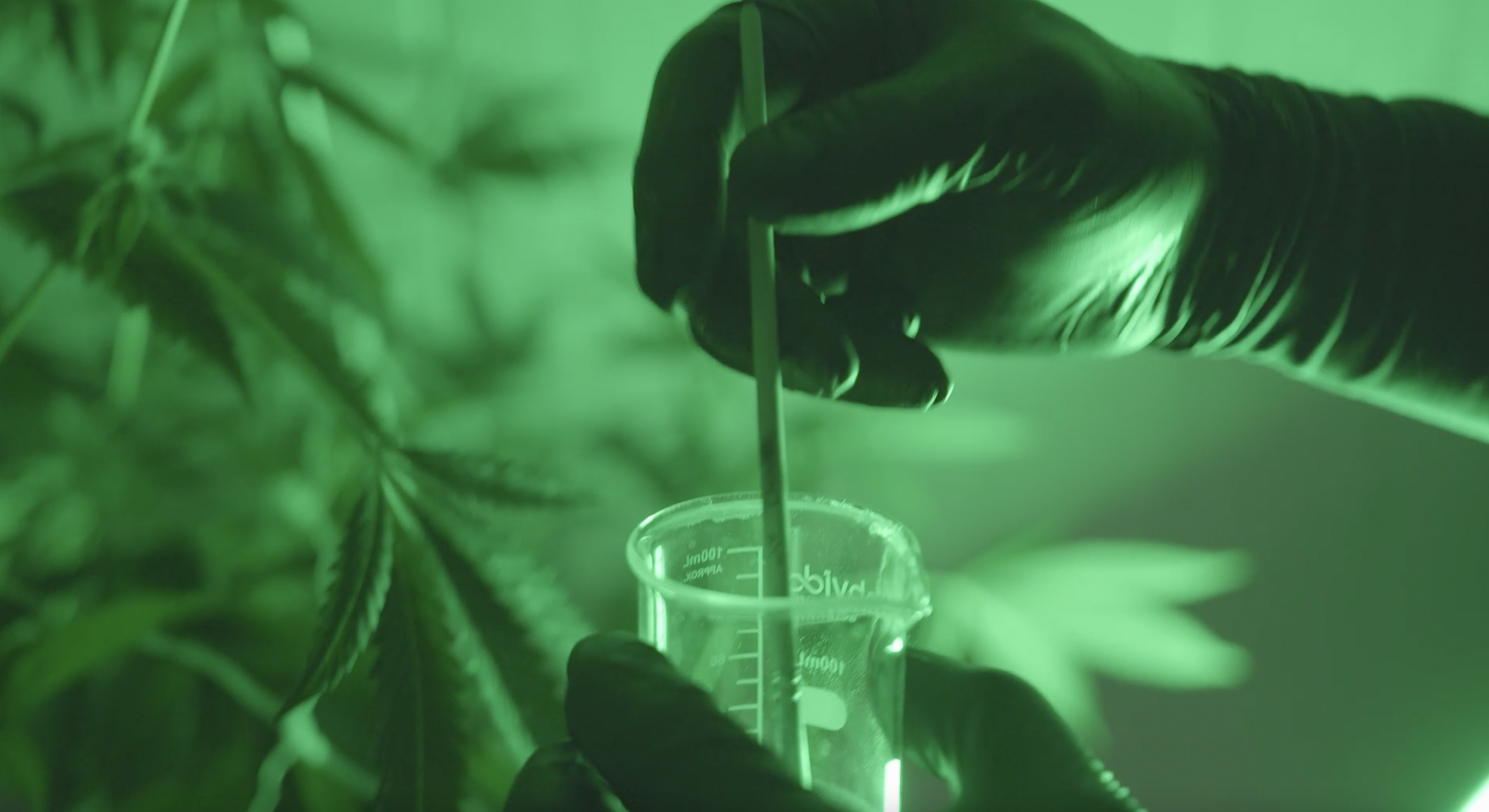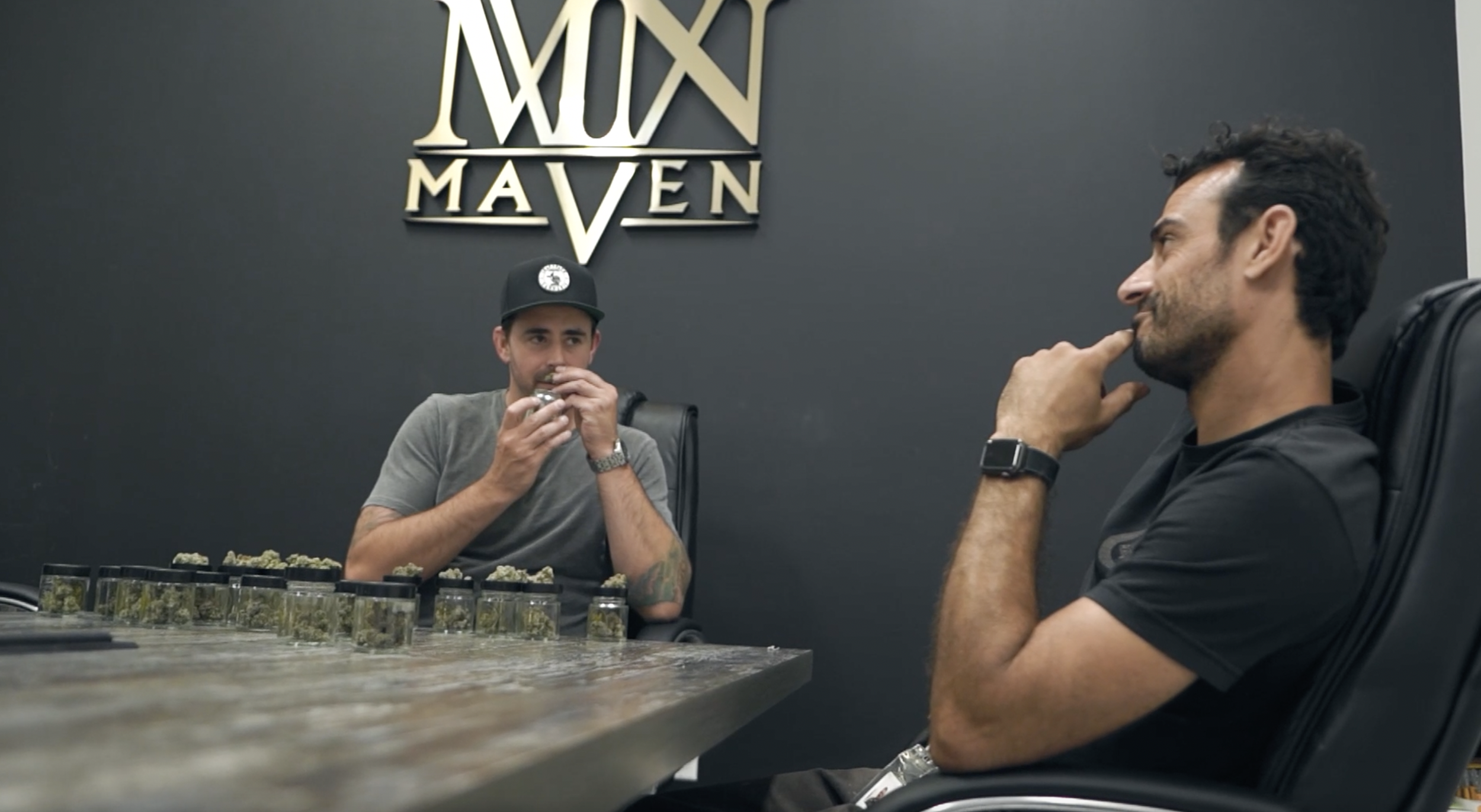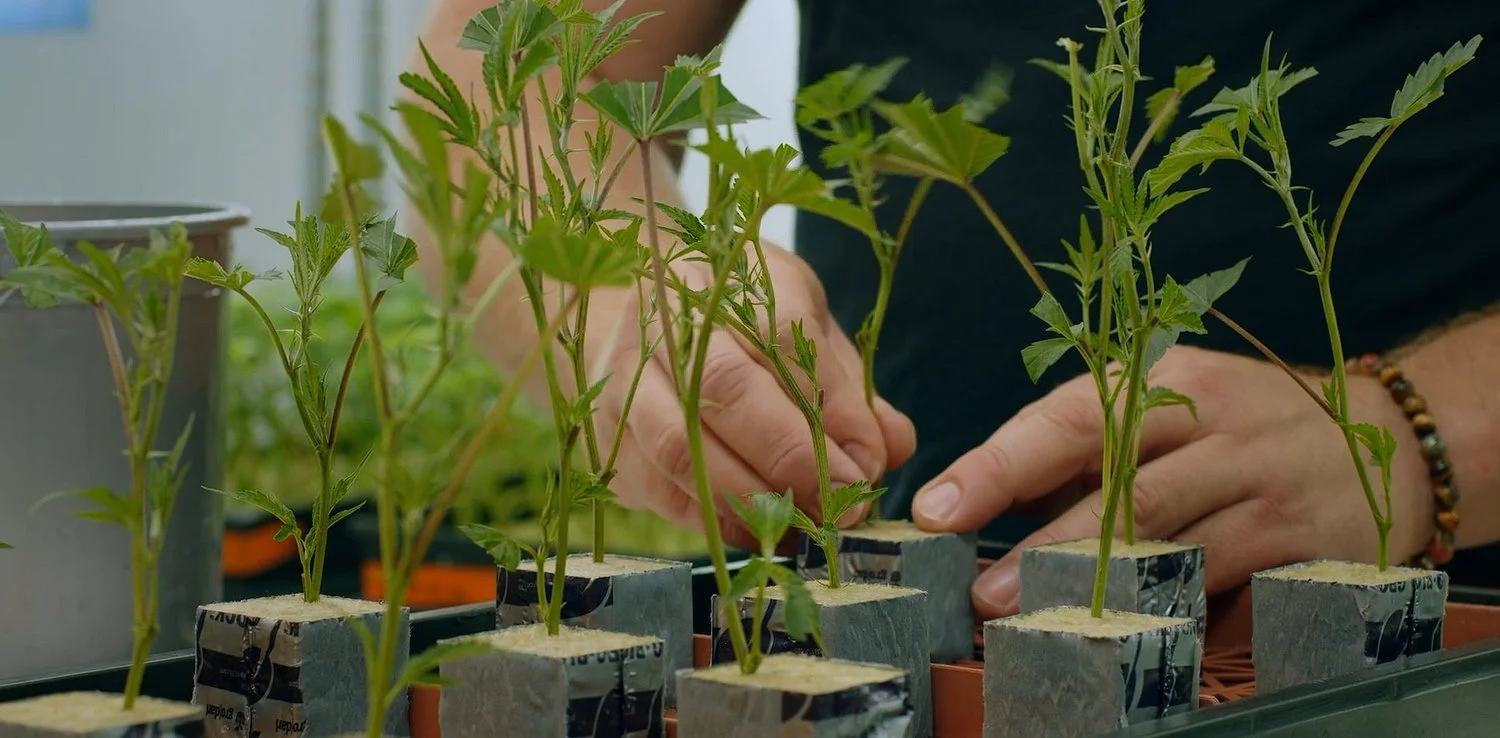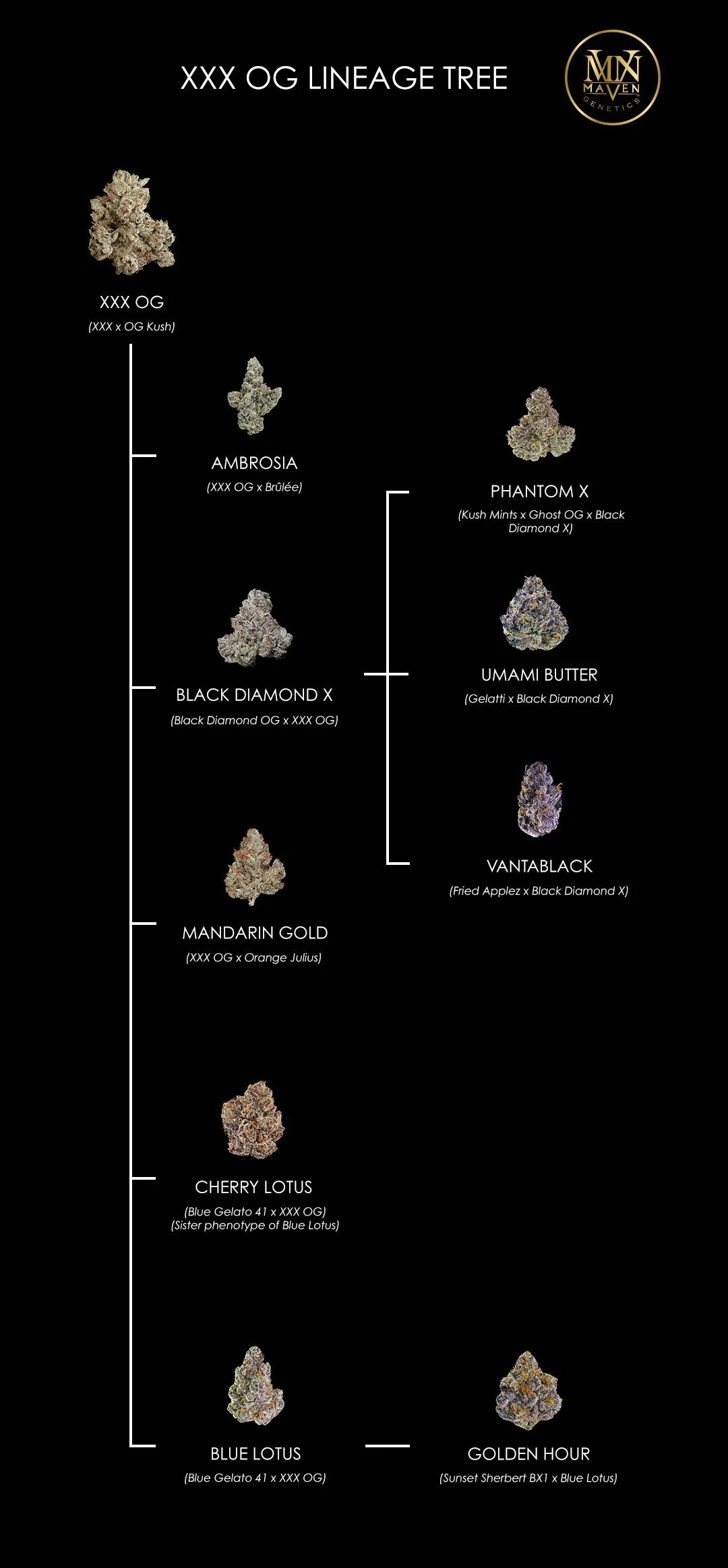Hunting For Gold
The Importance Of Pheno-Hunting
Like humans, each individual cannabis plant has a unique personality that is influenced by its genetic lineage and environment. That is why depending on the cultivator, your favorite strain can look and feel slightly different. Each plant (or phenotype) has a distinct collection of traits that vary from other versions of the same strain.
Through research and development, cultivators can look for (and continuously produce) specific characteristics that are unique to their carefully curated cultivars. At Maven Genetics, our strain library is the result of rigorous, calculated, research and development. For this reason, we feel it is important to dive into the importance of pheno-hunting for quality cannabis.
There are a number of factors that influence the foundational characteristics of each strain, including its genotype and phenotype. A genotype is the cannabis plant's genetic code. Understanding genetics allows cultivators to hypothesize about the potential yields and effects of a particular strain.
The phenotype of the strain ultimately describes the plant's particular aroma, flavor profile, shape, color, yield, and potency. The goal of any cultivator is to find an ideal phenotype that will produce robust, potent buds with an abundance of pistils and trichomes and a plethora of vibrant hues throughout. This is when pheno-hunting comes into play.
What is Pheno-Hunting?
Pheno-hunting, or phenotype hunting, is the science of isolating seeds with desired dominant traits to produce consistent yields and repeatable effects. It is how master growers ensure that their best genetics are passed from generation to generation. Every successful cultivator knows that in order to pass the desired genetic traits of their plants onto the next generation, they need to isolate them as dominant traits in their seeds. This is done by selectively breeding a strain to yield the desired set of characteristics at scale.
Cultivators research a wide variety of cultivars to identify high-quality specimens that produce exceptional traits like cannabinoid ratio and potency, terpene quality, resin production, weight, flavor, aroma, and appearance. Through careful selection, growers can breed craft cannabis while cultivating at high (but consistent) rates. Expert pheno-hunters have the ability to develop exotic cannabis products that stand out in an oversaturated market by creating new and distinctive experiences for connoisseurs in the cannabis community.
The personality of each phenotype is influenced by a unique combination of genetics and the environment: like nature and nurture in humans. When pheno-hunting for specific traits, growers are actually searching for the unique underlying genetic variations (genotypes) in each strain. In short, pheno-hunters are studying two distinct factors of the cannabis plant: its genotype and phenotype. The genotype is made up of all of the genetic factors in a strain's DNA that may indicate its potential outcome. The phenotype encompasses what the cannabis plant actually becomes- its aroma, structure, color, flavor profile, potency, and yield. Environmental factors are responsible for influencing a plant’s phenotype. For example, if you take identical seeds and grow one indoors vs one outdoors (or in a different type of soil,) the final flower will be extremely different.
Breeding and pheno-hunting cannabis are truly amazing processes. Just like consumers, every grower has individual preferences and styles that influence their final product. Pheno-hunting allows growers to hone in on new and interesting flavors and effects while also giving them the ability to change flowering times and increase plant durability. The pheno-hunt is a key part of the growing process, not just for the growers craft but for cannabis consumers as well. Consistency is critical for those who rely on plant-powered medicine. Patients looking for relief shouldn't have to invest time or money into testing products that fall short of meeting their needs. A brand's ability to cultivate a strong phenotype allows customers to have confidence in the consistency of the final product being brought to the market.
How Does Pheno-Hunting Work?
Pheno-hunting is the process growers take to identify champion genetics from the sea of seed possibilities and duplicate those elite genetics from one harvest to the next. If you could quickly glance at a seed and tell what it would bloom into, pheno-hunting would be a breeze - but unfortunately, you can’t.
The process of pheno-hunting can be broken down into eight steps:
Step 1: Label and track development. During germination, label the seeds and track growth as they mature. At this stage, it is important to keep detailed records of the rate of growth and its environment.
Step 2: Cull all males. Any plant that displays male preflowers needs to be culled as early as possible to avoid the potential for pollination and a ruined harvest.
Step 3: Research each plant’s morphology. Considering the morphology simply refers to tracking each plant’s physical traits. Cultivation cues to consider over the first 2-4 weeks of a cannabis plant’s life include height, structure, internodal spacing, growth rate, foliage health, root structure, and more.
Step 4: Gauge each plant’s ability to thrive. During this step, cultivators make note of the hardiness of each plant by tracking their reaction to the following variables:
Temperate and other environmental factors
Tolerance to transplanting
Potential vulnerability to pests or disease
Necessary standards of care, including nutrients, food, and water needs
Sturdiness and strength


